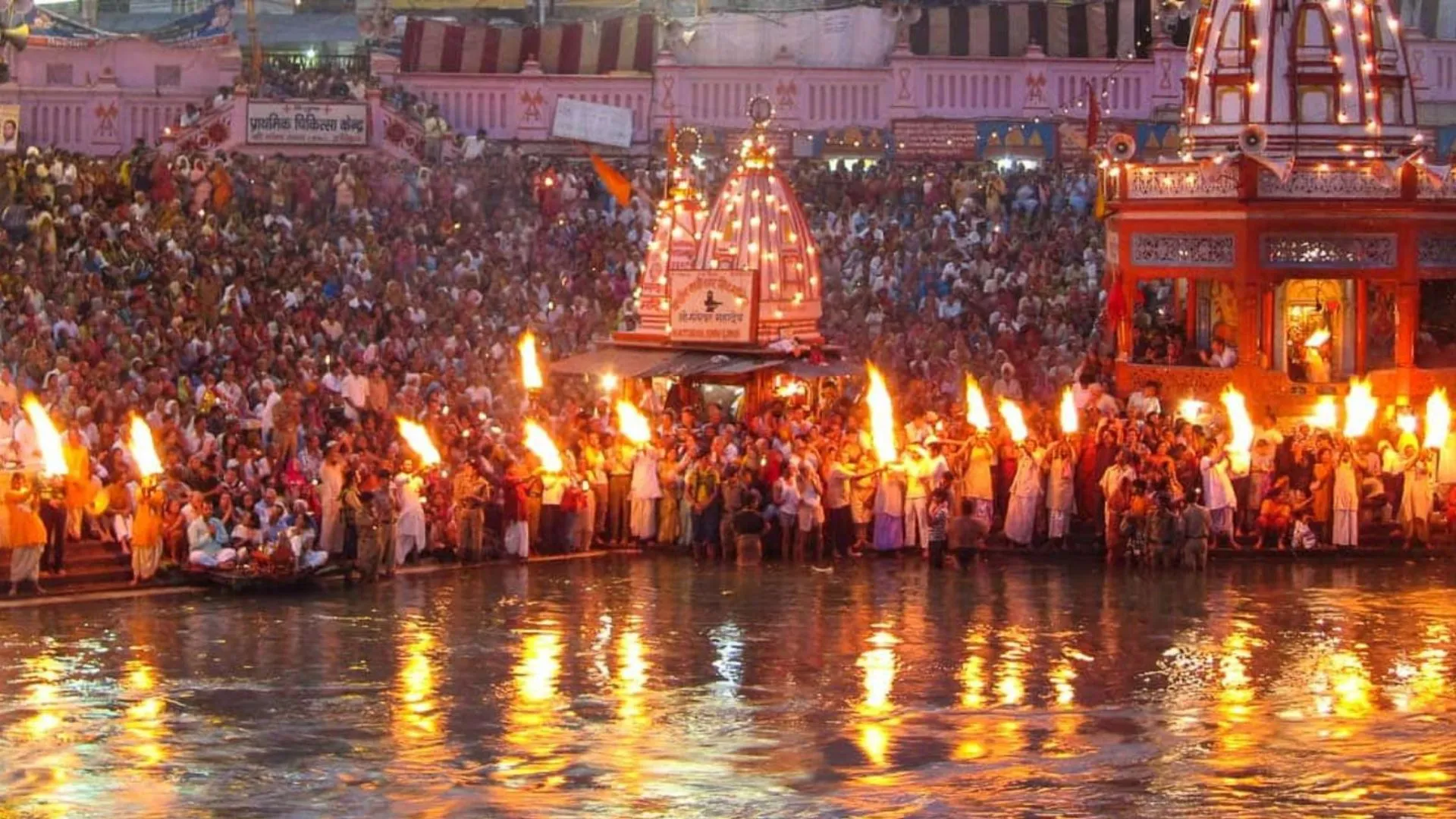Videos depicting a “traffic jam” at the summit of Mount Everest have gone viral, showcasing the overwhelming rush of climbers ascending to the world’s highest peak. This surge in climbers has led to significant overcrowding, raising environmental concerns about the fragile ecosystem of Everest.
These videos of the queue up Everest and the aftermath of the cornice collapse that killed a couple of people…
There’s something about this that sums up so much of what’s wrong with the world.
😮 pic.twitter.com/S2qv1oBAOG— tern (@1goodtern) May 24, 2024
Amidst these challenges, the tragic incident of two climbers feared dead following an ice-fall last week highlights the dangers inherent in such overcrowded conditions. The popularity of Mount Everest as a climbing destination has surged in recent years, attracting adventurers from around the globe eager to conquer its towering heights.
However, the increasing number of climbers, combined with limited resources and infrastructure, has created logistical challenges and safety hazards. As climbers continue to flock to Everest in pursuit of their dreams, the need for sustainable climbing practices and responsible tourism becomes ever more pressing to preserve this iconic natural wonder for future generations.
View this post on Instagram
The Everest
Mount Everest, the highest peak above sea level on Earth, resides within the Mahalangur Himal sub-range of the Himalayas, straddling the China-Nepal border at its summit point. Its elevation was most recently confirmed at 8,848.86 meters (29,031 feet 8+1⁄2 inches) in 2020 by joint efforts of Chinese and Nepali authorities.
READ MORE: Google Doodle Celebrates IPL 2024 Final Match: KKR vs SRH
The allure of Mount Everest draws numerous climbers, including seasoned mountaineers, to its slopes. There are two primary climbing routes: one from the southeast in Nepal, known as the “standard route,” and the other from the north in Tibet. Despite the standard route not presenting significant technical climbing challenges, Everest poses formidable dangers such as altitude sickness, harsh weather conditions, and treacherous terrain including avalanches and the perilous Khumbu Icefall. As of May 2024, the mountain has claimed the lives of 340 individuals. Tragically, over 200 bodies still remain on Everest, as removing them is deemed too hazardous due to the extreme conditions.
A Dive Into The Past
The initial endeavors to conquer Everest’s summit were undertaken by British mountaineers. Due to Nepal’s restriction on foreign access at the time, the British focused their efforts on the north ridge route from the Tibetan side. In 1921, the first British reconnaissance expedition reached an altitude of 7,000 meters (22,970 feet) at the North Col. Subsequently, the 1922 expedition progressed the north ridge route to 8,320 meters (27,300 feet), marking the first human ascent above 8,000 meters (26,247 feet).
The 1924 expedition resulted in a significant mystery that persists to this day: George Mallory and Andrew Irvine embarked on a final summit attempt on June 8 but never returned, fueling speculation on whether they reached the top. The documented first ascent of Everest occurred in 1953, when Tenzing Norgay and Edmund Hillary successfully scaled the peak via the southeast ridge route.
Norgay had previously reached an altitude of 8,595 meters (28,199 feet) as part of the 1952 Swiss expedition. On May 25, 1960, the Chinese mountaineering team of Wang Fuzhou, Gonpo, and Qu Yinhua reportedly completed the first ascent of the peak from the north ridge.
Identity Of Everest In Various Cultures
Mount Everest, known as Sagarmāthā in Nepali/Sanskrit and Qomolangma in Tibetan, holds significant cultural and linguistic significance. In Nepali/Sanskrit, Sagarmāthā translates to “goddess of the sky,” symbolizing its majestic stature and heavenly prominence. The name derives from “sagar,” meaning “sky,” and “māthā,” meaning “head,” portraying Everest as the lofty pinnacle of the heavens.
In Tibetan, Everest is referred to as Qomolangma, meaning “holy mother,” underscoring the mountain’s sacred status in Tibetan culture. This name, first recorded in the 1721 Kangxi Atlas, carries spiritual reverence and reverence.
The official Chinese transcription, 珠穆朗玛峰 (Zhūmùlǎngmǎ Fēng), reflects the Chinese perspective, emphasizing the mountain’s grandeur and majesty. Despite variations in names and transcriptions, Mount Everest remains an enduring symbol of awe and wonder, revered across cultures and languages.
ALSO READ: Cyclone Remal Strikes West Bengal And Bangladesh: Why Was it Named Remal?


















